Speaking with VNA reporters, Ms. Patricia Abarzúa, President of the Chile - Vietnam Friendship Association, recalls the historic moment half a century ago.
"At that time in Chile, we were still living under the repression of the military dictatorship and the mainstream media reported very little about the war situation in Vietnam. However, information about the victory on April 30 quickly spread from person to person. We were overjoyed, celebrated at home and tried to listen to more through Radio Moscow, the only foreign media that could be heard, but it was also very difficult."
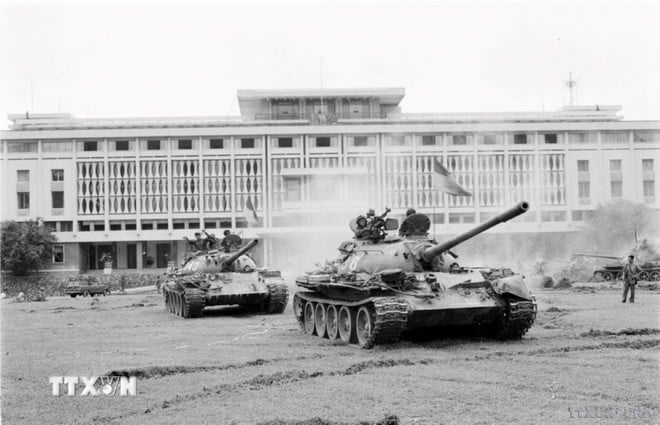 |
| On the morning of April 30, 1975, from all directions, hundreds of tanks, armored vehicles and infantry simultaneously advanced straight to the Presidential Palace of the Saigon puppet government, liberating Saigon. (Photo: VNA) |
The good news of victory quickly spread to several places. When this news was received, cheers of joy rang out, such as “Ho - Ho - Ho Chi Minh … we will fight to the end” or “A united nation will never be defeated.”
According to her, the victory on April 30 was not only a great milestone for the Vietnamese people but also a testament to the value of self-determination and national solidarity. The images of President Ho Chi Minh and General Vo Nguyen Giap became a source of inspiration and a role model for liberation movements in Latin America and people around the world .
Ms. Patricia Abarzúa also recalled the anti-war and pro-war movements of the Chilean people in the 60s and 70s of the last century. Thousands of students organized a historic march of more than 200km from the port of Valparaíso to the capital Santiago to protest the Vietnam War. All means of culture and art, from theater to music, poetry, painting... were mobilized to express the spirit of supporting Vietnam. The famous singer and musician Víctor Jara directed the musical "Viet Rock" and composed the song "The Right to Live in Peace" dedicated to President Ho Chi Minh and the struggle of the Vietnamese people. To this day, the song still resonates in Spanish in Chile and in Vietnamese relationship in Vietnam, like a living cultural bridge, extending the friendship between the two peoples.
Also at the historic moment of April 30, 1975, in Hanoi, Mr. Fredesmán Turró González, then a young 25-year-old officer of the Cuban Embassy, immerses himself in the explosive atmosphere of the North-South reunion day.
Many people cried with joy and shouted revolutionary slogans, shouting “Vietnam-Ho Chi Minh”. Officials from the Cuban Embassy in Hanoi at that time also poured into the streets to celebrate with the Vietnamese people, hugging everyone they met.
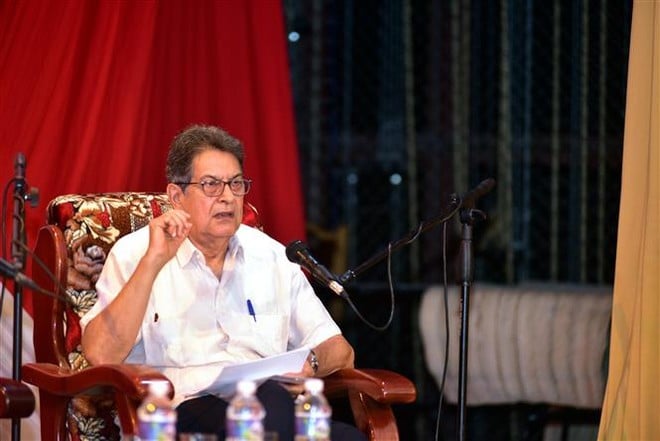 |
| Former Cuban Ambassador to Vietnam Fredesman Turró Gonzalez. (Photo: VNA) |
"I remember the first person I hugged was probably the guard in front of the Embassy. Then, together with the Cuban workers who were building the Thang Loi Hotel, I sat on a truck through the main streets of Hanoi, waving the flags of Vietnam and the National Liberation Front of South Vietnam, singing and honking the truck horn, joining the Vietnamese people in indescribable joy after more than a century of fighting against colonialism, fascism and imperialism," he said.
ForMr. González, April 30 was an extraordinary milestone: "The Vietnamese people, with the victory of April 30, wrote one of the most glorious pages of contemporary history."
Mr. González has served twice as Cuban Ambassador to Vietnam. With more than half a century of attachment, he considers the S-shaped country his second homeland, where he is "willing to give his blood".
Source: https://thoidai.com.vn/304-trong-ky-uc-ban-be-quoc-te-212496.html


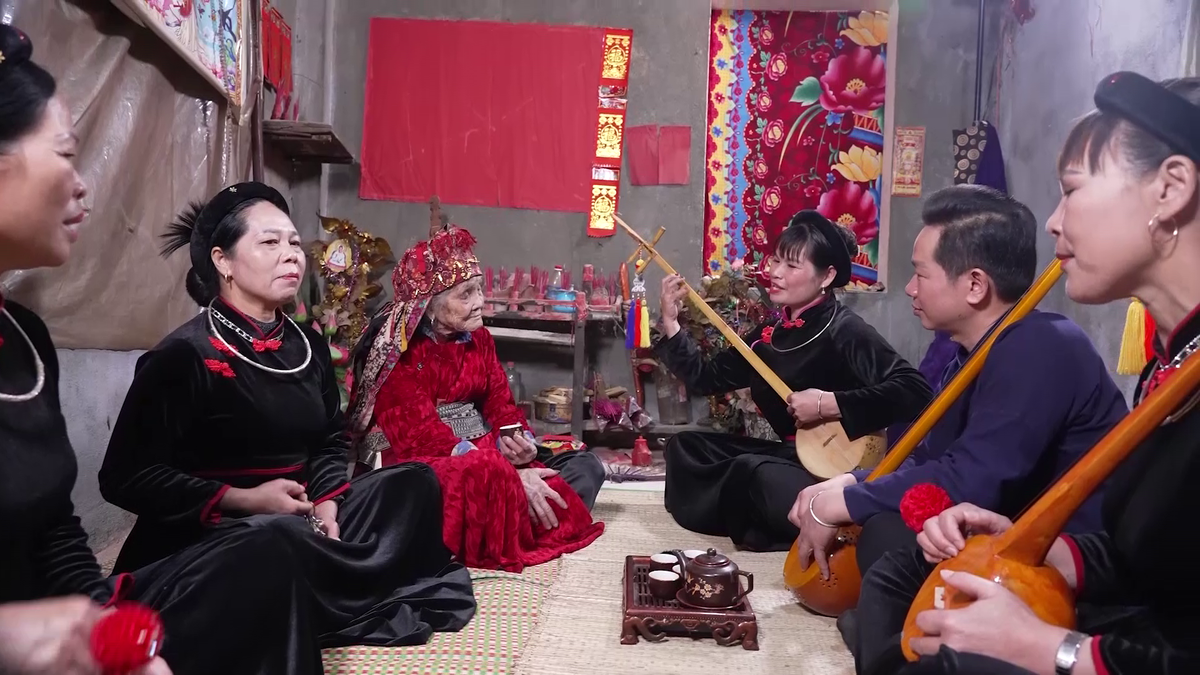
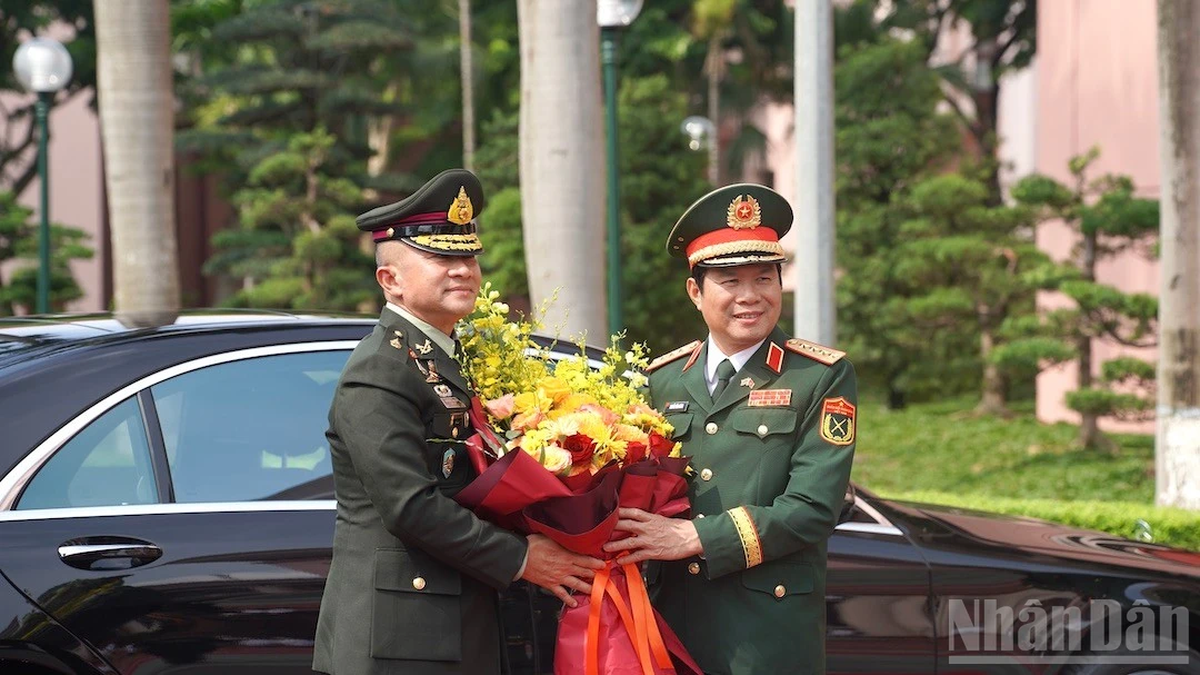

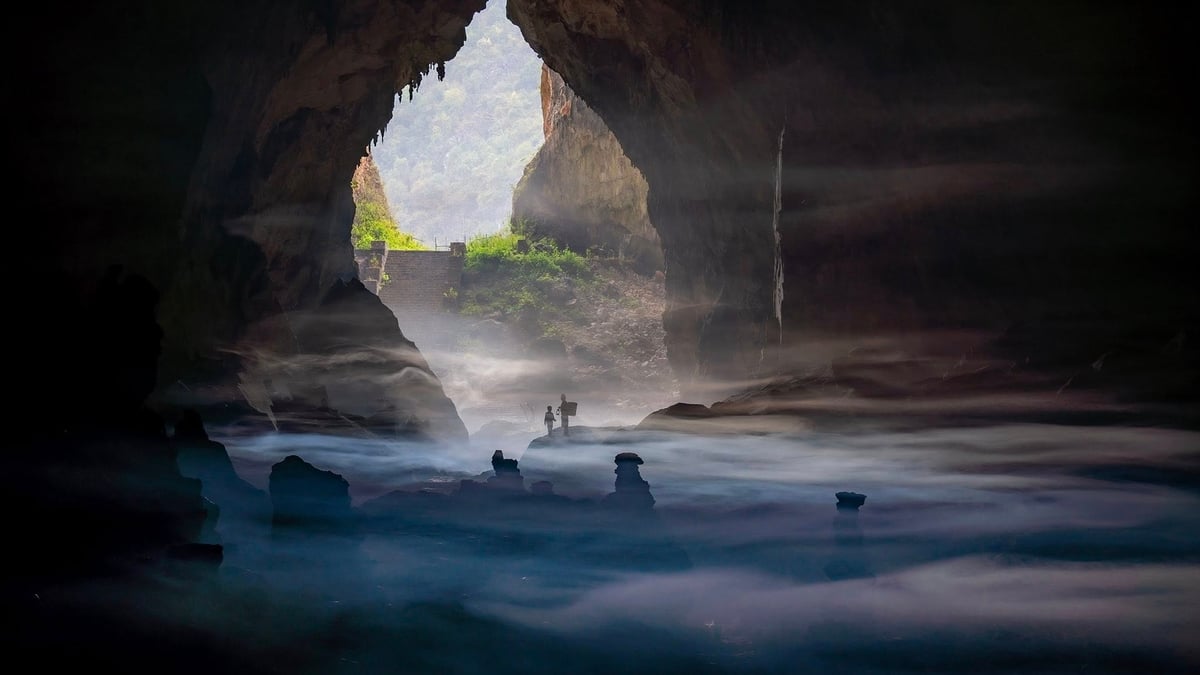
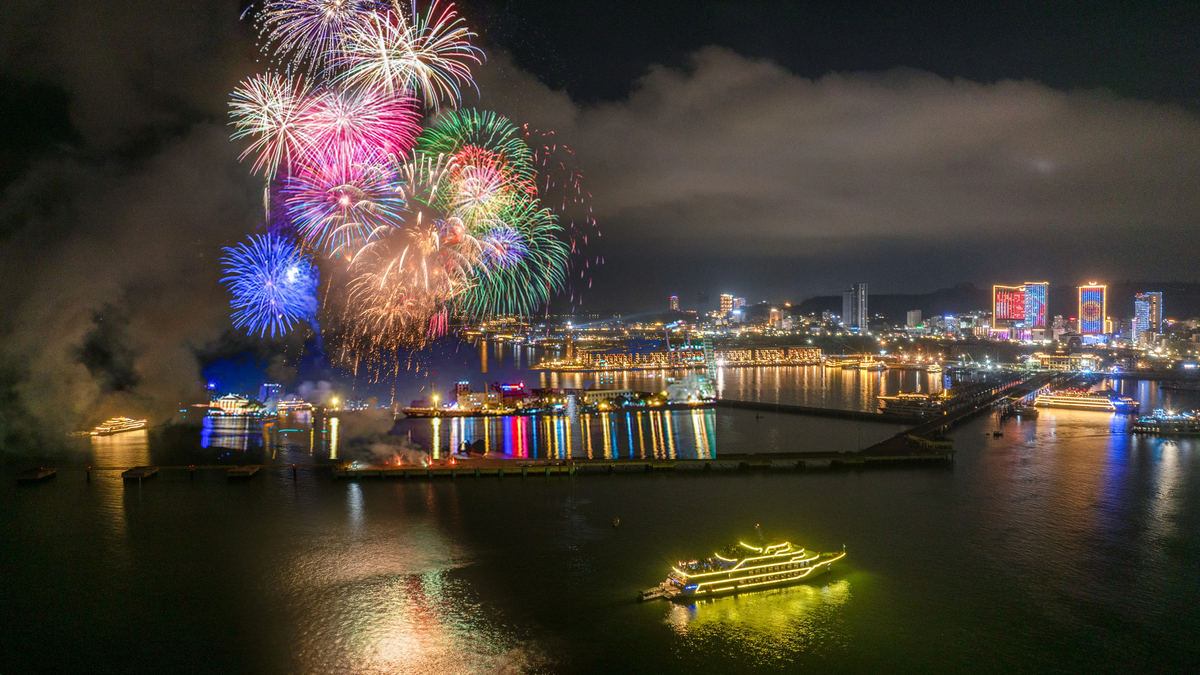
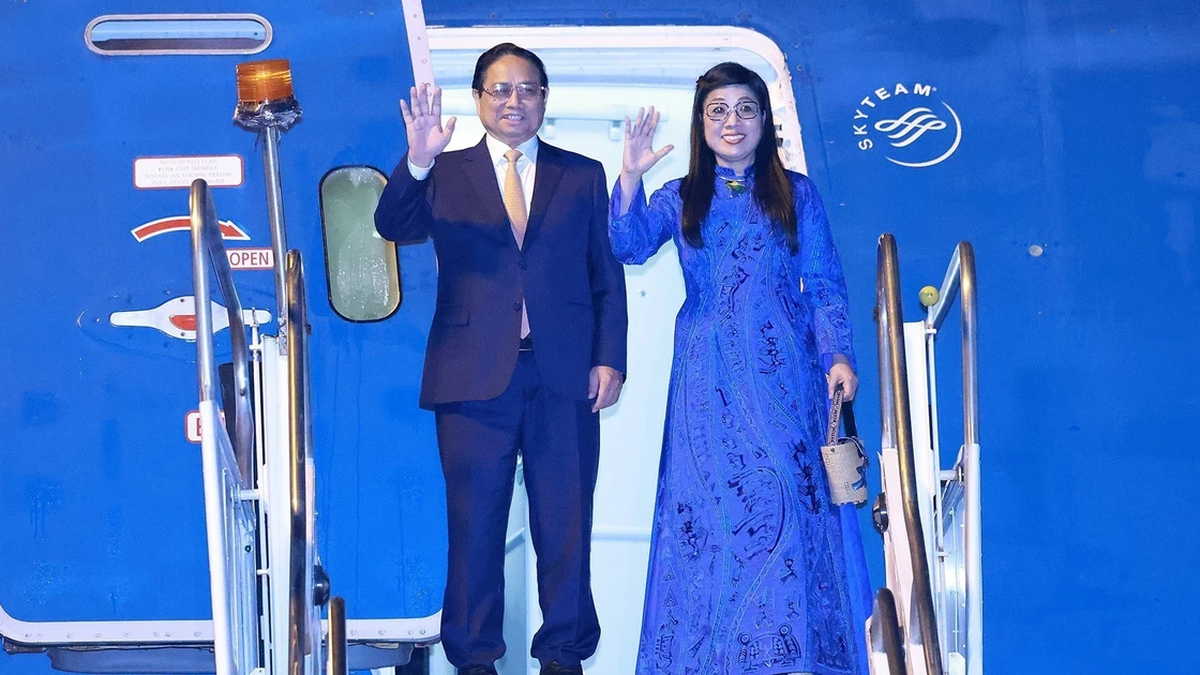
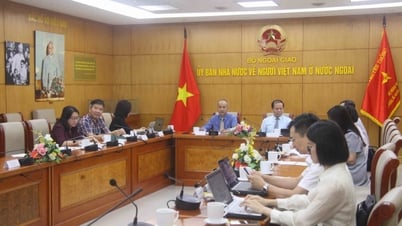

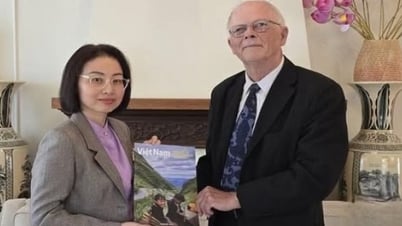
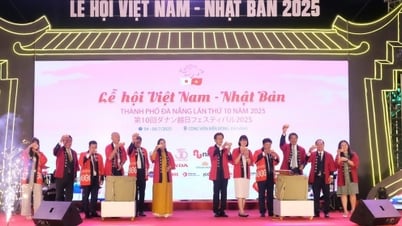
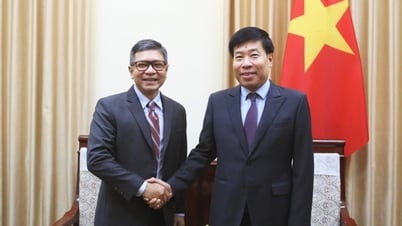
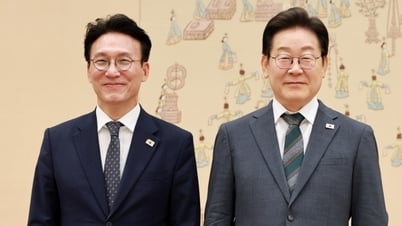
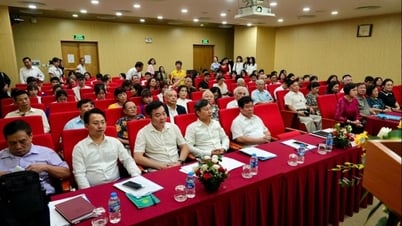



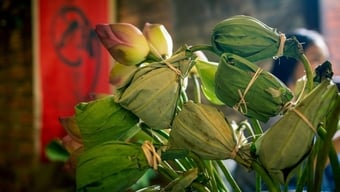
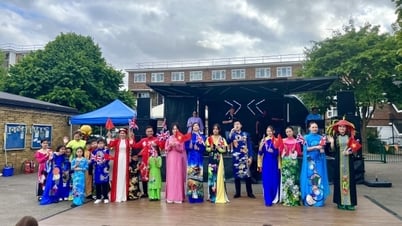
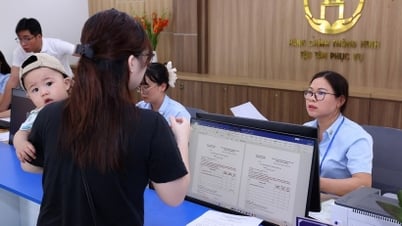
![[Photo] Spreading traditional values of the People's Public Security, connecting international friends](https://vphoto.vietnam.vn/thumb/402x226/vietnam/resource/IMAGE/2025/7/6/b8d7e541b176448ea52c89219f1f9413)
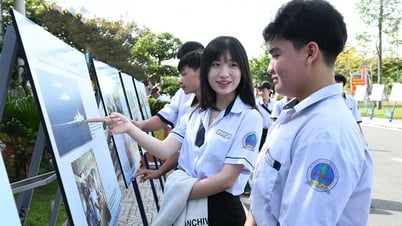
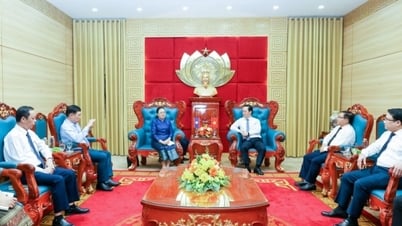
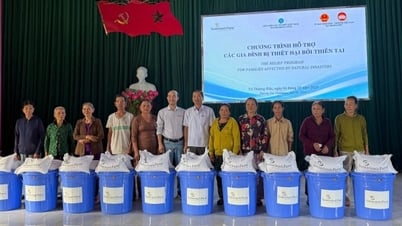

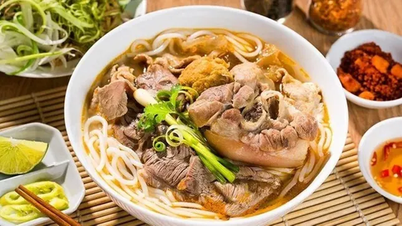

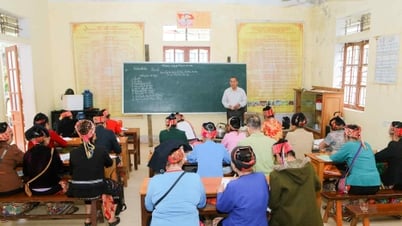

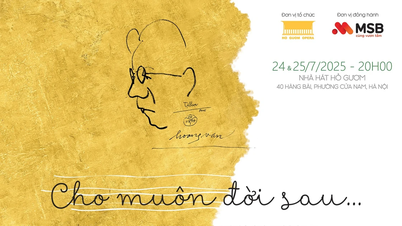

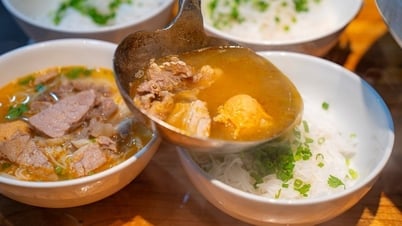

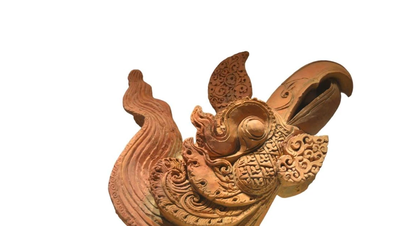

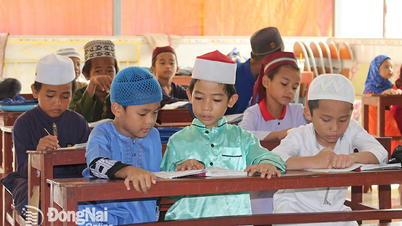

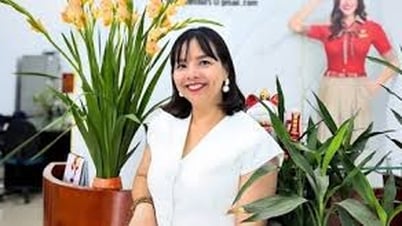

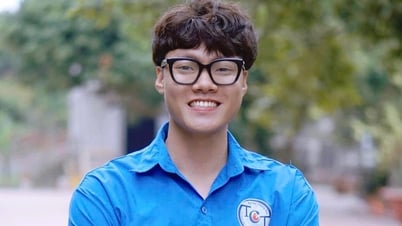



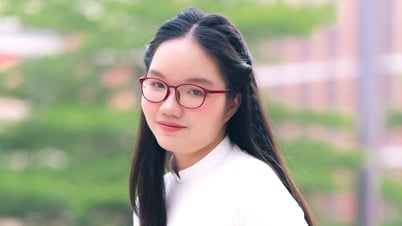



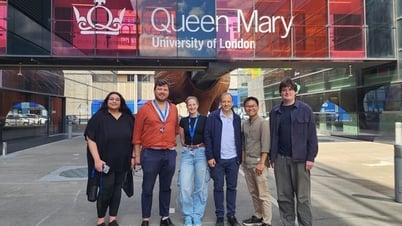

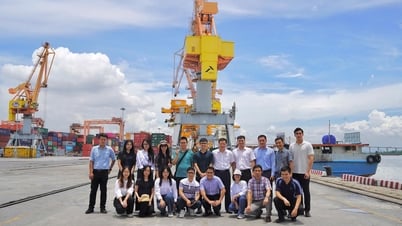

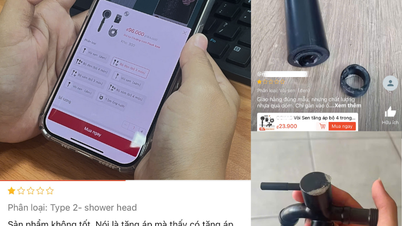
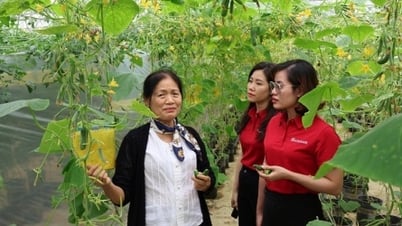
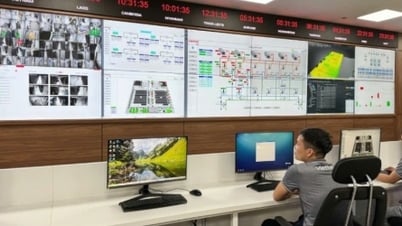
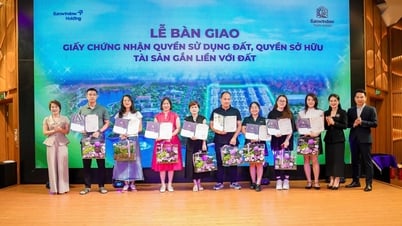


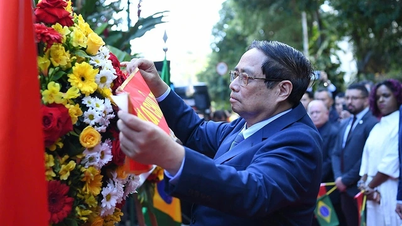
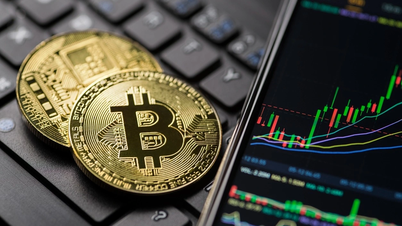



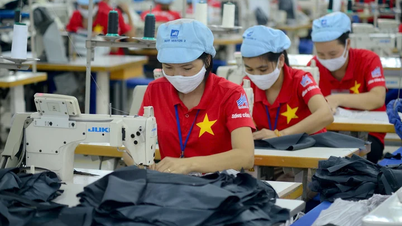

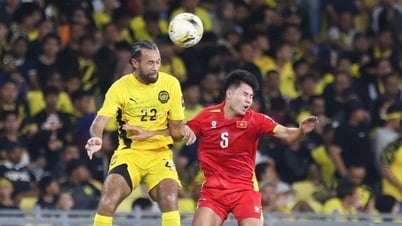
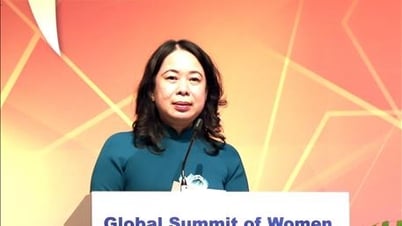

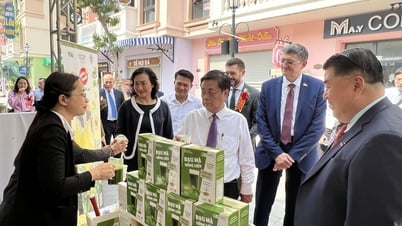

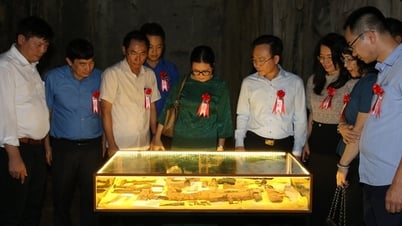

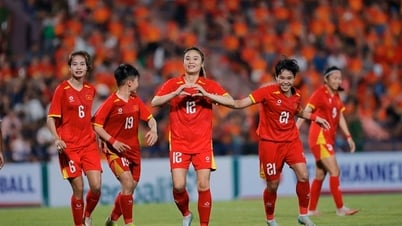
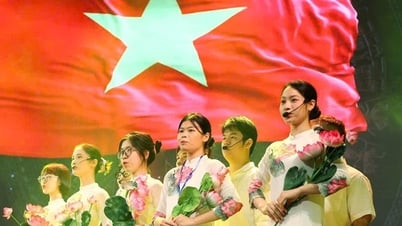
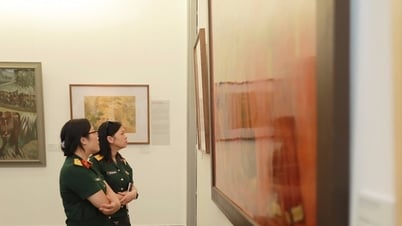
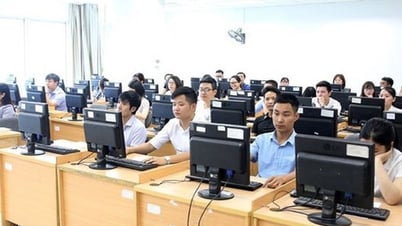

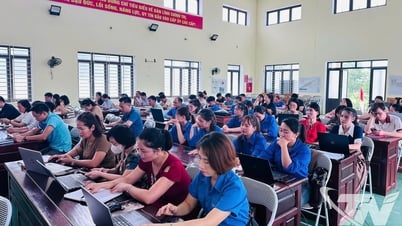
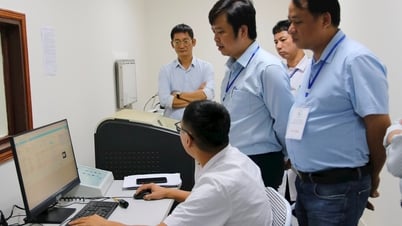

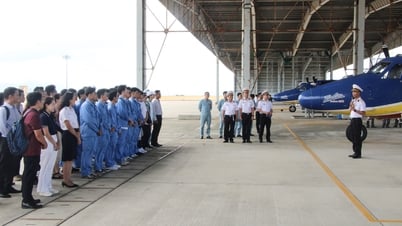

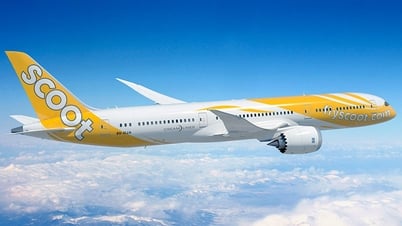
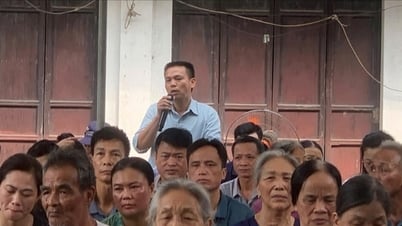



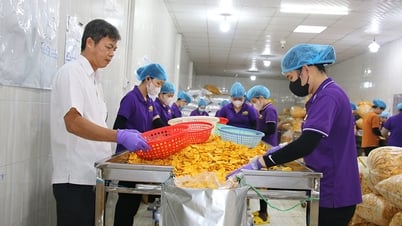

![[OCOP REVIEW] Bay Quyen sticky rice cake: A hometown specialty that has reached new heights thanks to its brand reputation](https://vphoto.vietnam.vn/thumb/402x226/vietnam/resource/IMAGE/2025/7/3/1a7e35c028bf46199ee1ec6b3ba0069e)



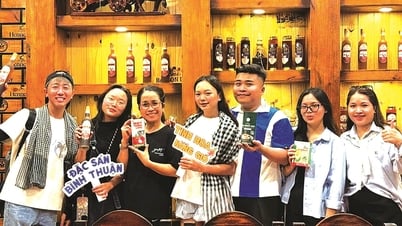



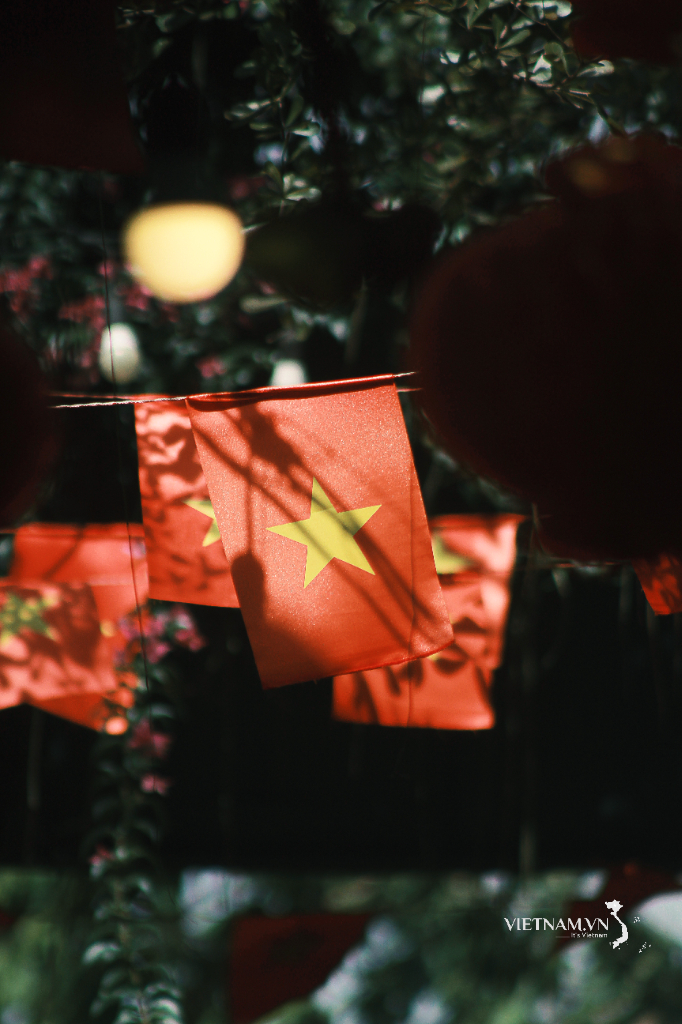
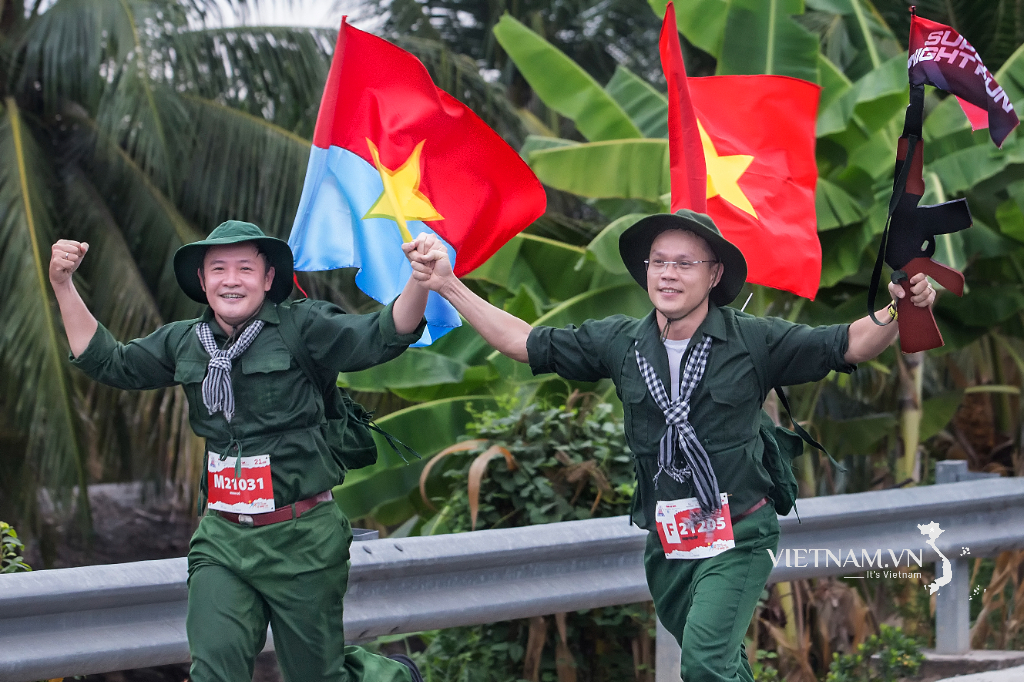

Comment (0)